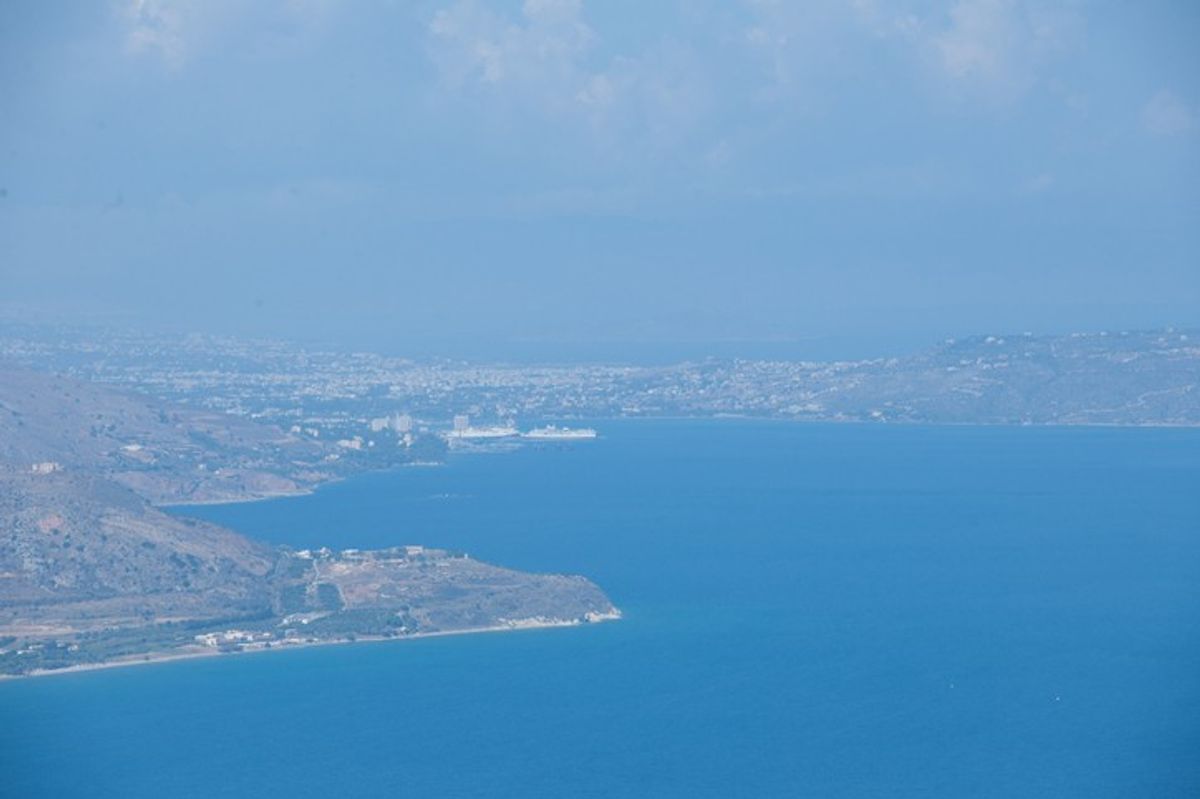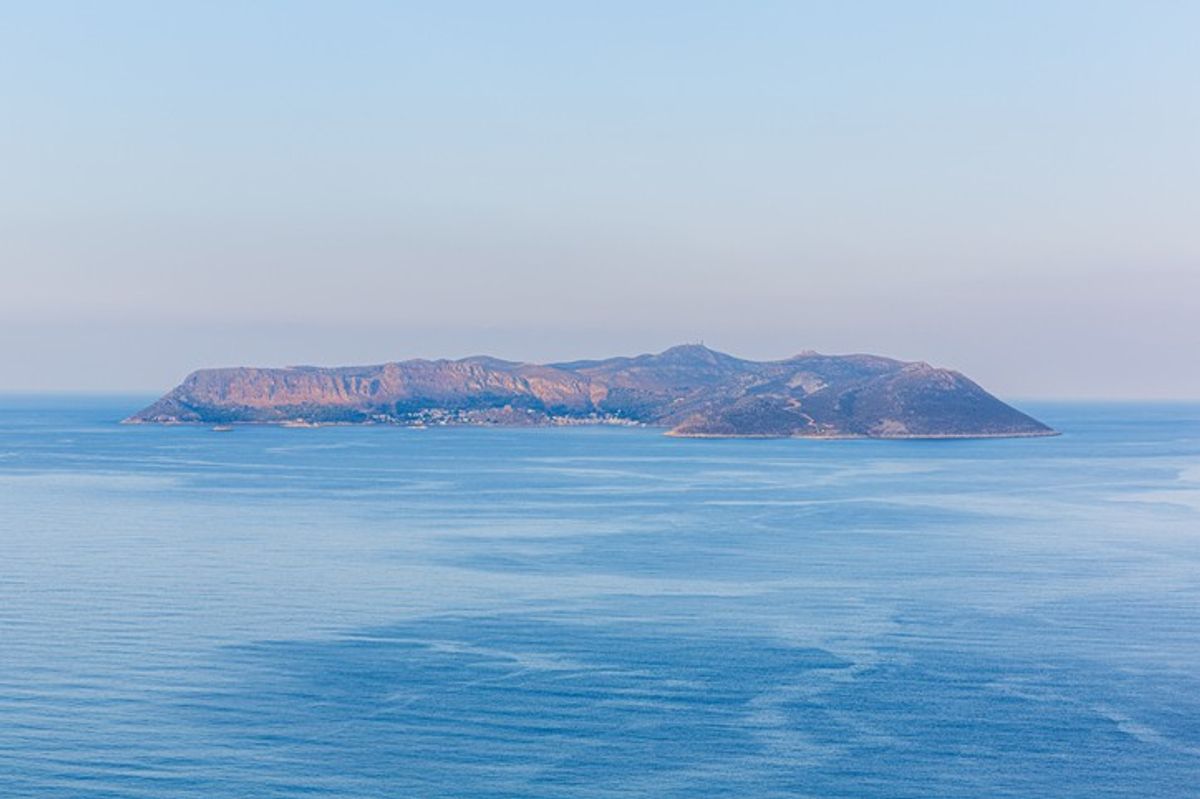The systemic and historical structure of Turkish-Iranian competition over Kurdish geography is one of the oldest geostrategic riddles of the Middle East. Through its long history, the Kurdish lebensraum, which roughly corresponds to the Taurus-Zagros mountain corridor, has separated the Anatolian, Persian, and Mesopotamian plains and, in doing so, has historically been squeezed between three imperial geographies: Romans versus Parthians and Sassanids; Byzantians versus Seljuks; and later, Ottomans versus the Safavids and Mamluks. When the Ottomans conquered Mamluk lands in early 16th century and the Safavids adopted Shiism as the official imperial religious doctrine, this geopolitical riddle turned into an ideological regional superpower rivalry, between two equally powerful Muslim empires adopting different religious ideologies.
As these two empires fought proxy wars around Baghdad, the Kurdish homeland became the northern flank of a war between religious denominations. Although the end of World War I and the collapse of the Ottoman Empire led to the fragmentation of this Kurdish homeland into four separate countries (Iran, Iraq, Syria and Turkey), their role as a buffer between the Anatolian and Persian plateaus didn’t change. The Kurds, in their rugged highlands, have developed multiple political and linguistic identities – a state of fragmentation, which has been amply exploited by adjacent empires in the past.
From Turkey’s point of view, the Kurds are linguistically Indo-Iranian, which makes Kurdish ethnicity a dangerous threat to Turkish ethnolinguistic national uniformity. From Iran’s point of view however, the Kurds are predominantly Sunni, which makes them a dangerous threat to Iranian sectarian purity. This is the main calculus over how Turkey and Iran sides with different Kurdish groups – Turkey’s ‘good Kurds’ are those that emphasize their Sunni identity (such as Mesud Barzani’s Kurdistan Democratic Party – KDP), whereas Iranian influence best penetrates into Kurdish groups that do not emphasize their denomination and, instead, create a rallying ideology around ethnolinguistic identity (like certain sub-groups within the Kurdistan Workers’ Party – PKK, Democratic Union Party – PYD, and its armed wing, the People’s Protection Units – YPG).
Yet, Iran also suffers an ethnolinguistic and non-religious backlash from the Kurds. PJAK (Party of Free Life of Kurdistan) – the Iranian wing of the PKK – has been fighting for a Kurdish-nationalist democratic confederation in the Kurdish-dominated region of Iran. On the other hand, Turkey has also invested heavily in the KRG, both in order to get their support in Turkey’s own Kurdish problem and to draw a wedge between Iran and Iraqi Kurds that sympathize with Tehran.
In addition, Turkey developed a strong energy relationship with Erbil hoping to get KRG’s natural gas infrastructure up to speed in order to diversify away from Iranian gas imports. That said, neither Turkey nor Iran have a solid, structural alliance with any of the Kurdish groups. Both Ankara and Tehran activate these relations when it suits them, and the corresponding Kurdish groups choose to get involved with wider regional politics when they see a strategic benefit in doing so. For example, the PYD’s main strategic utility for Iran was to disrupt Turkey’s land connection to the Arab geography by supporting an uninterrupted ‘Kurdish belt’ spanning across northern Syria. This land connection was one reason why Turkey has long pushed for the establishment of a ‘safe zone’ between Jarablus and A’zaz.
Yet, American repositioning and diplomacy seems to have blunted Turkey’s objections to cooperating with YPG against ISIS – the U.S. angle also intended to prevent Syrian Kurds moving too close to Tehran and Moscow. In addition, Turkey’s cooperation with Barzani’s KDP is not unchallenged as rival Kurdish parties like Jalal Talabani’s Patriotic Union of Kurdistan (PUK) and Movement for Change (Gorran) dilute the Sunni-religious effect of KDP by adopting a more secular political line within the KRG.
Turkish-Iranian competition over Kurds seem to be entering a new phase following the former’s abortive coup attempt. The alleged U.S. involvement in the coup attempt has sharply soured Ankara-Washington relations. This has been ably exploited by Tehran and Moscow, both of whom issued declarations of support for the Turkish government earlier than any western capital. This has the potential to ease some of the tensions among Turkey, Russia, and Iran over Syria and may diffuse much of the Turkish-Iranian proxy conflict over the Kurdish groups. With Turkey’s own PKK insurgency ongoing and Iran’s fight with PKK’s Iranian wing PJAK escalating, both countries have an interest in an end to their strategic competition. Turkey, having lost its proxy war in Syria, also has an interest in reconfiguring its regional strategy through a more risk-averse lens.
There are two main camps in the literature on the Kurdish question. First are those who believe the issue can be resolved through greater democratization, better application of human rights, and granting the Kurds cultural autonomy. The other camp disagrees, stating that the Kurdish question will never be resolved until all the Kurdish factions are united under a single political entity – either an independent one or one that exists within a larger state.
This second camp believes that regardless of how much democracy, rights, or autonomy Kurds are allowed, they will continue to be conflict-prone and export this dynamic to the states within which they live as long as they remain separated across different countries. Turkey and Iran may not reach an agreement over the Kurds anytime soon, especially as the region is currently in a flux. However, they may strengthen other areas of cooperation, such as commerce, energy, and tourism/culture, which will minimize the impact of competition over the Kurds on the wider bilateral relationship.











